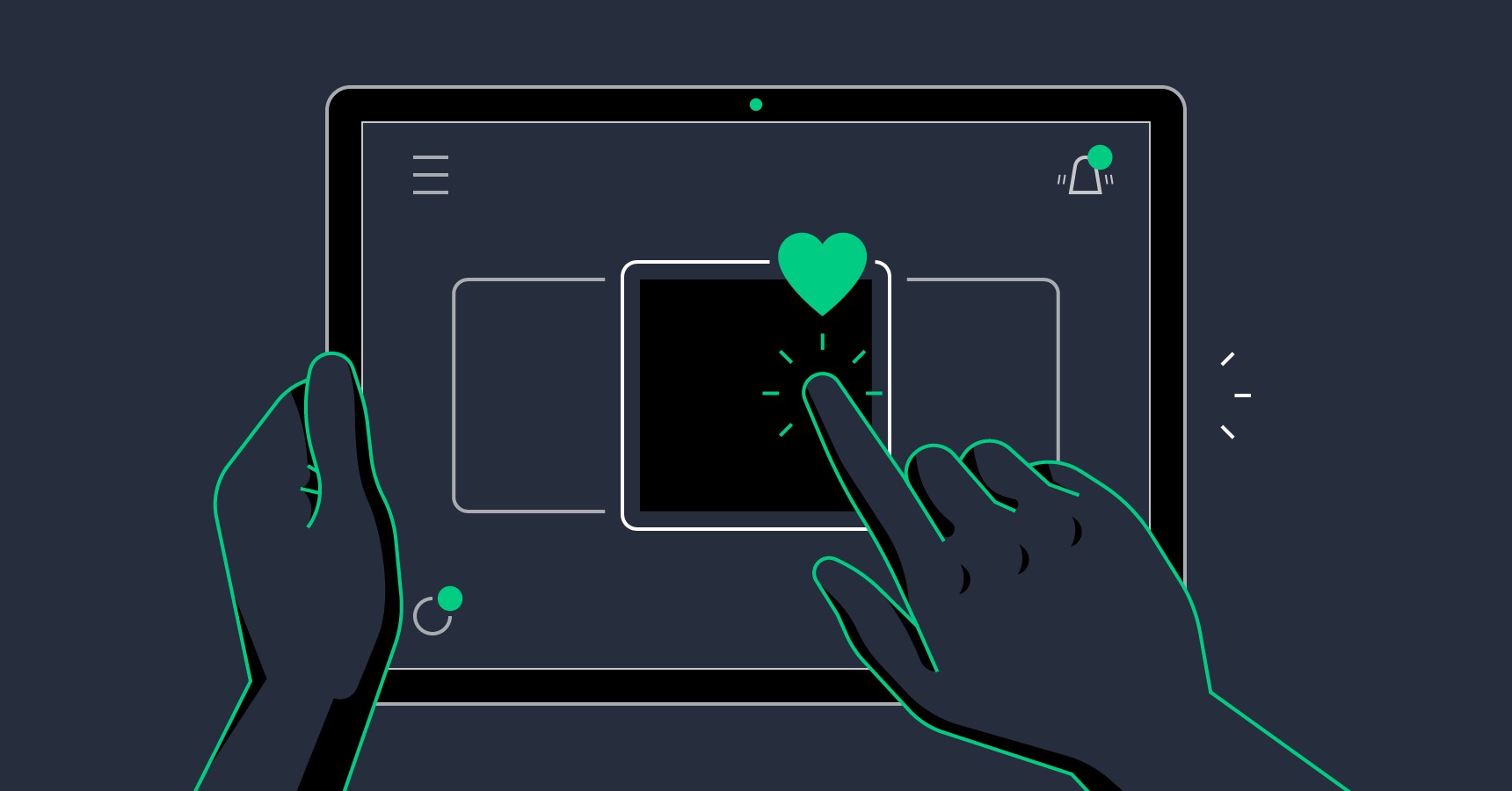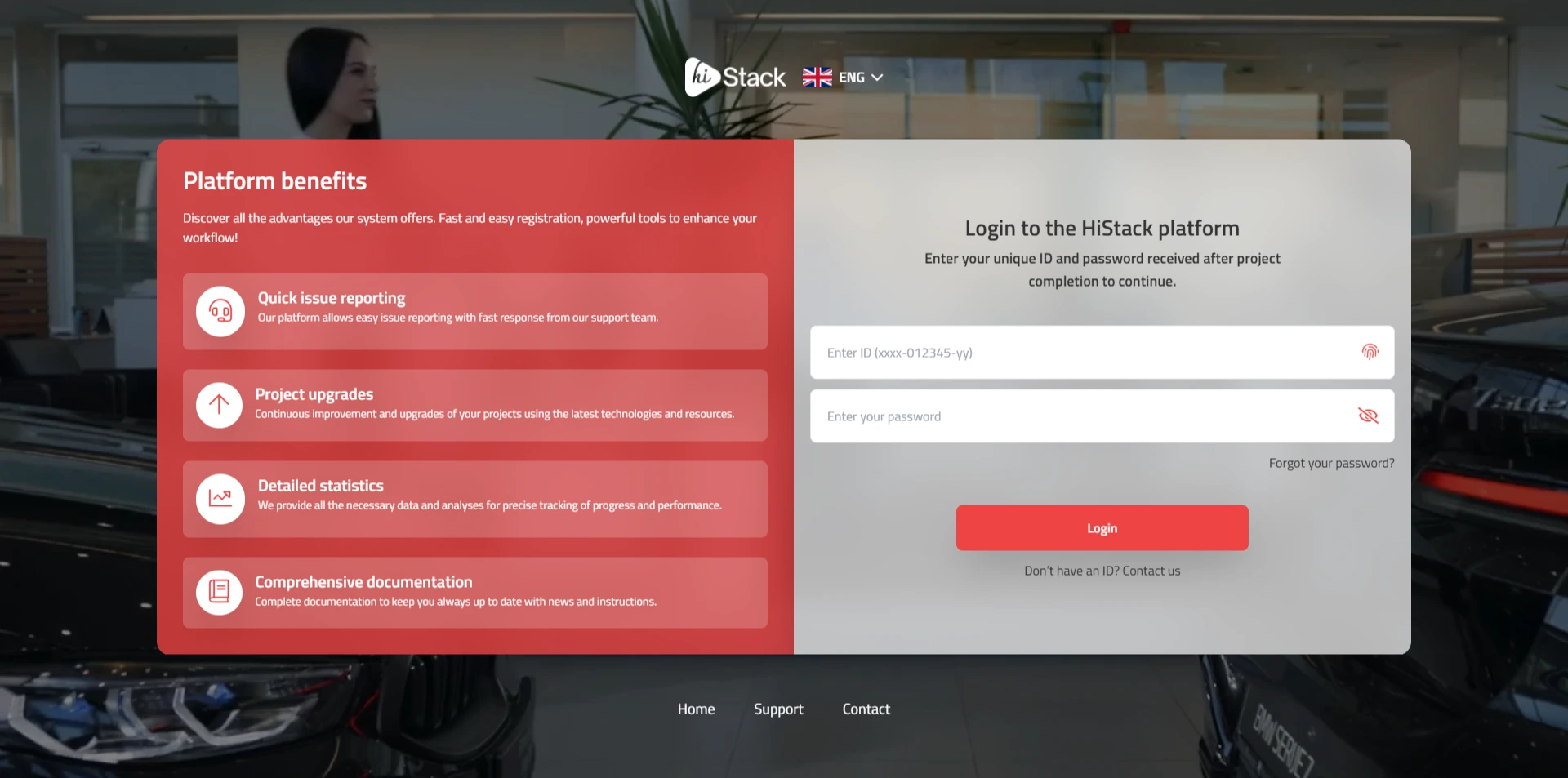
Explanation of Microinteraction Benefits
Microinteractions are small but meaningful moments within digital products that help users feel connected to the app, website, or device. Though they may seem minor at first, microinteractions play a key role in enhancing user experience (UX) by making interactions more pleasant, intuitive, and visually appealing. Proper use of microinteractions can significantly improve overall user satisfaction, engagement, and loyalty.
What Are Microinteractions?
Microinteractions are designed to perform a specific function and usually happen in the background, almost unnoticed, while users interact with the product. They typically consist of three main elements:
- 1. Trigger: The event that starts the microinteraction (e.g., button click, cursor movement, page scroll).
- 2. Action: What happens as a result of the trigger (e.g., animation, color change, element movement).
- 3. Feedback: The information the user receives in response to the action (e.g., animations indicating successful completion, sound signals).
Why Microinteractions Matter
Microinteractions boost user experience in key ways:
- 1. Improve intuitiveness and ease of use: They help users understand how to use the product better. For example, when a button changes color or shape after clicking, it signals a successful action. These small animations make the interface more intuitive and easier to navigate.
- 2. Increase user engagement: Users enjoy when products respond to their actions, even small gestures. Microinteractions make apps or websites more fun, increasing time spent on them. Effects like icon zoom, burning icon on section change, or button click animations encourage continued use.
- 3. Provide feedback and increase confidence: Users want to know when something actually changed or their input was successful. Microinteractions like loading animations, success indicators (e.g., green checkmark), or error messages (e.g., red "Try again") help users feel secure and informed.
- 4. Enhance visual identity: Well-designed microinteractions make the product feel more polished and brand-aligned. Animated effects matching brand colors, styles, and typography create consistency that boosts brand recognition and UX.
- 5. Reduce user stress and frustration: Uncertainty about action outcomes causes frustration. Microinteractions provide instant feedback, reducing anxiety and uncertainty. For example, clear confirmation after form submission lowers user stress.
Examples of Microinteractions That Improve UX
Microinteractions can be applied throughout a website or app. Here are some key examples where they boost user experience:
- 1. Button click animations: When users click a button, an animation shows the action was recognized. For example, a button that "presses down" or changes color on click gives instant feedback confirming the interaction.
- 2. Notifications and alerts: When users need important info (like successful form submission or input error), animated pop-ups or toast notifications help them quickly fix issues or continue smoothly. For example, a message that appears then fades out without extra clicks keeps the flow seamless.
- 3. Navigation and page transitions: Microinteractions can make switching between site sections or app screens feel smoother and more engaging. Soft transitions or scroll effects help users follow the flow better without abrupt changes.
- 4. Hidden menus and icons: When users hover or click an icon, an animation reveals extra options or content. For example, a menu icon changing into an “X” when opening a sidebar menu intuitively signals how to close it.
- 5. Form inputs: Microinteractions help reduce errors and speed up form filling. For example, highlighting a required field in red if empty, or green when correctly filled, makes forms easier and faster to complete.
How to Implement Microinteractions in Design?
To successfully add microinteractions in your design, use them wisely. Overusing microinteractions can distract, not help. Here are some tips:
- 1. Be subtle: Microinteractions should be subtle and unobtrusive. They shouldn’t interrupt users but improve the experience.
- 2. Guide user attention: Use microinteractions to highlight important elements like call-to-action buttons, forms, or news sections.
- 3. Stay consistent: Use microinteractions consistently across pages and app sections so users know what to expect.
- 4. Test with real users: Before finalizing, test microinteractions with actual users to ensure they enhance experience instead of annoying.
Conclusion
Microinteractions may seem like small details, but they have a huge impact on how users experience your product. Through subtle animations and feedback, they make an app or website simpler, faster, more enjoyable, and more useful. Using microinteractions the right way can improve user experience, boost engagement, and help create loyal visitors or customers.








